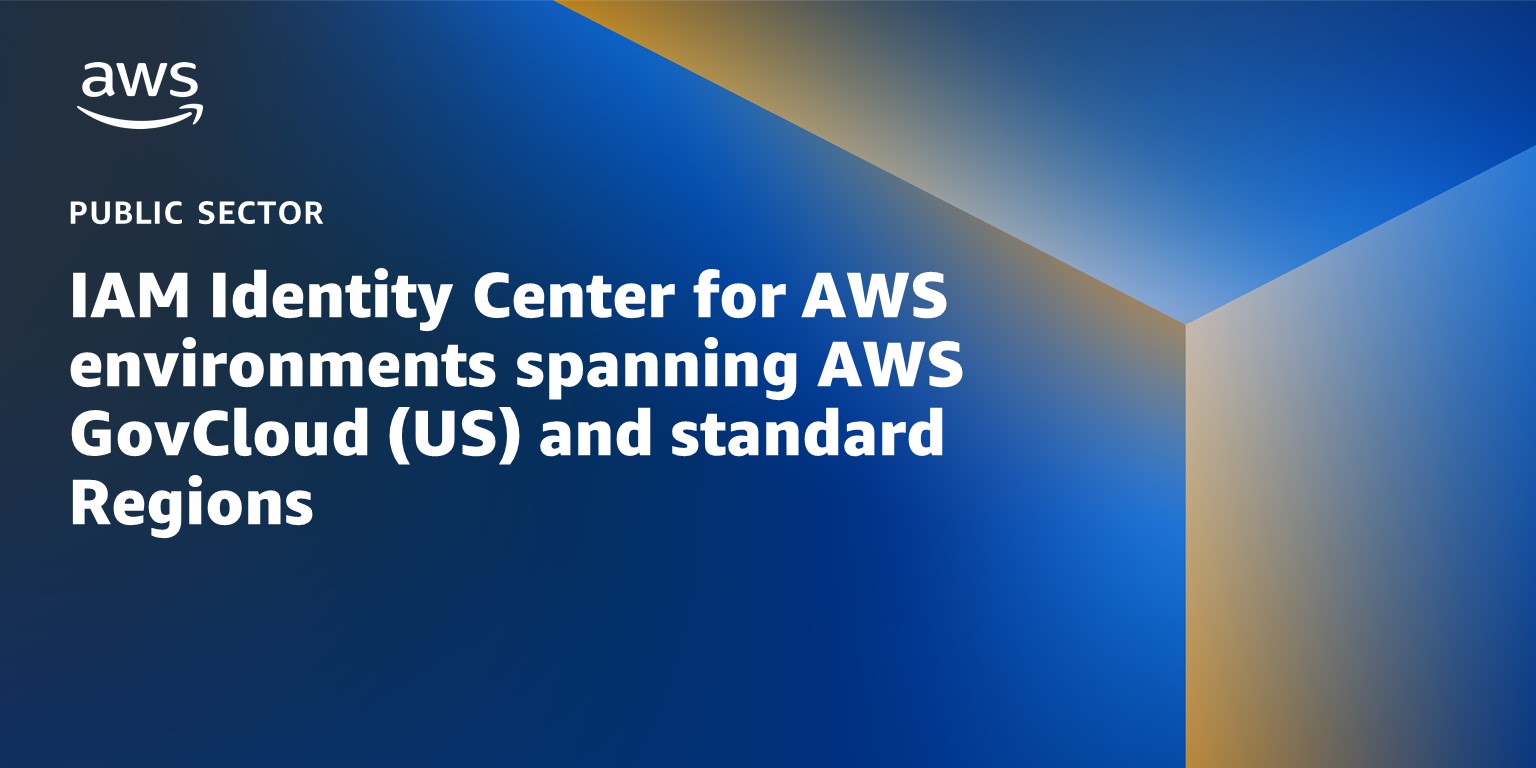AWS Public Sector Blog
Tag: IAM
ASPPH scales data curation for members with a data lake on AWS
The Association of Schools and Programs of Public Health (ASPPH) — a nonprofit association with a vision for improved health and well-being for everyone, everywhere — partnered with Amazon Web Services (AWS) Professional Services (AWS ProServe) to move their curated data to a managed data lake on AWS. In this blog post, we share how ASPPH and AWS designed and built the data lake and the results of moving to a modern, scalable data architecture.
Nebraska Judicial Branch modernizes its Electronic Exhibits System using AWS
More than 180 courts compose the Nebraska Judicial Branch, which together handle more than 285,000 cases annually and all of the case exhibits that come with such a workload. This blog post highlights the Judicial Branch’s journey to building an electronic exhibits system on Amazon Web Services (AWS).
Addressing the top 10 priorities of state CIOs with AWS
The National Association of State Chief Information Officers (NASCIO) recently released the 2023 report of the top 10 priorities of state chief information officers (CIOs) for strategies, management processes, and solutions. AWS works closely NASCIO and with state and local leaders across the US to develop solutions that address these top 10 needs. Explore these top 10 priorities and how state and local leaders can use AWS to support them.
IAM Identity Center for AWS environments spanning AWS GovCloud (US) and standard Regions
AWS IAM Identity Center (successor to AWS Single Sign-On) provides administrators with a simple way to manage identity and access (IAM) across numerous AWS accounts. IAM Identity Center is available in the AWS GovCloud (US) Regions, enabling customers to simply manage access to numerous AWS accounts in their AWS GovCloud (US) organizations. In this blog post, learn four different architecture patterns for providing an organization’s AWS users with access to both standard and AWS GovCloud (US) accounts using IAM Identity Center that can help minimize administrative overhead and simplify the user experience.
How to create a cybersecurity analytics platform with AWS analytics and machine learning
Cybersecurity analytics is a systematic methodology designed to collect, ingest, process, aggregate, and analyze security events. This methodology empowers organizations to proactively perform security investigations, powered by advanced analytics and machine learning (ML), which help mitigate cyber issues more effectively and efficiently at scale. Learn about the core components of a cybersecurity analytics framework and how organizations can use AWS to design a cybersecurity analytics platform with analytics and ML services.
Creating access control mechanisms for highly distributed datasets
Security is priority number one at AWS. Data stored in Amazon Simple Storage Service (Amazon S3) is private by default. However, some datasets are made to be shared. In this blog post, we cover the no-cost mechanisms data providers can utilize to create access control policies for their highly distributed open datasets.
AWS Secure Environment Accelerator (ASEA) connectivity with VMware Cloud on AWS
The AWS Secure Environment Accelerator (ASEA) landing zone helps customers deploy and operate a secure multi-account, multi-Region AWS environment. Governments in Canada and others around the world currently use the ASEA, with over 30 deployments to date. Some of these same customers also use VMware Cloud on AWS to integrate on-premises vSphere environments, allowing them to move existing workloads to the cloud more quickly. Integrating your VMware workload with natively managed AWS services can help you reduce your operational overhead and optimize your total cost of ownership (TCO). In this blog post, we review the technical considerations related to integrating your ASEA landing zone with your VMware Cloud on the AWS environment.
From Bytes to Classrooms: How Technology and Data are Transforming Brazil’s Public Education
The educational problem in Brazil is the size of the country: enormous. Only 14% of students learn what they are supposed to learn in mathematics and only 30% in Portuguese by the end of middle school (ninth year). That means that only a small percentage of students exit middle school able to read the news […]
A Road to Identity Federation
A key aspect of cloud adoption is determining how identities will be managed. Typically, federal government customers want to use the same identities managed by their Identity Management System (IDMS) to access cloud resources. Federal agencies have their own well-managed, NIST and HSPD-12 compliant IDMS for issuing, revoking, and entitlements management of their identities. These […]








